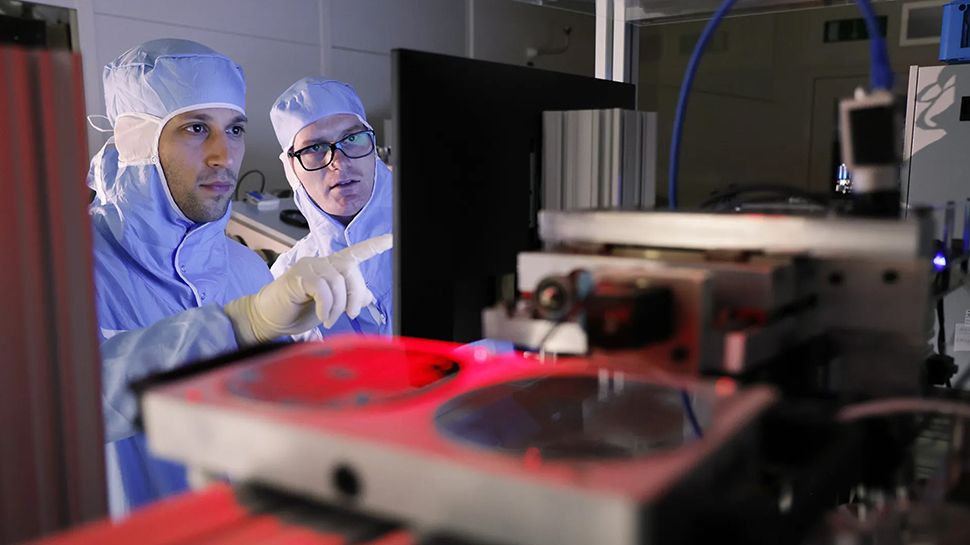The speedy development of chipmaking expertise over the previous twenty years has been primarily pushed by the continual scaling of silicon expertise, generally often known as Moore’s Legislation. Nonetheless, as we method the bodily limitations of silicon, the trade is shifting its focus in direction of nanomaterials like carbon nanotubes, graphene, and TMDs, which promise unprecedented chip performance.
Nanomaterials maintain the potential to revolutionize numerous digital units, together with high-performance transistors, low-power sensors, and quantum units. The worldwide nanotechnology market is projected to develop from $79.14 billion in 2023 to $248.56 billion by 2030, in line with Fortune Enterprise Insights Analysis, displaying simply how brilliant its future is predicted to be.
The dearth of management in present nanotechnology manufacturing strategies, primarily chemistry-based, has hindered their commercialization so far. That is the place Swiss nanotechnology agency Chiral, which not too long ago introduced a $3.8 million funding spherical, is available in.
Automated robotic machines
Chiral’s journey started as a nationwide analysis mission on the Swiss Federal Institutes of Know-how, the place co-founders Seoho Jung, Natanael Lanz, and Andre Butzerin had been PhD college students. After 4 years of R&D and the profitable creation of a prototype machine that was 100 instances sooner than present techniques, the workforce integrated Chiral in June 2023.
The agency plans to make use of high-speed, automated robotic machines to combine nanomaterials into units. These machines can reportedly place supplies as small as micrometers and even nanometers on chips with unprecedented precision and management, overcoming the restrictions of conventional strategies.
Chiral’s pre-seed funding spherical was co-led by Founderful and HCVC, and Pascal Mathis, Founding Companion at Founderful, mentioned: “Chiral’s AI- and robotics-based expertise lets us envision a future the place nanomaterial-based chips are being produced on the scale wanted for commercialization – a significant bottleneck up till now.”
